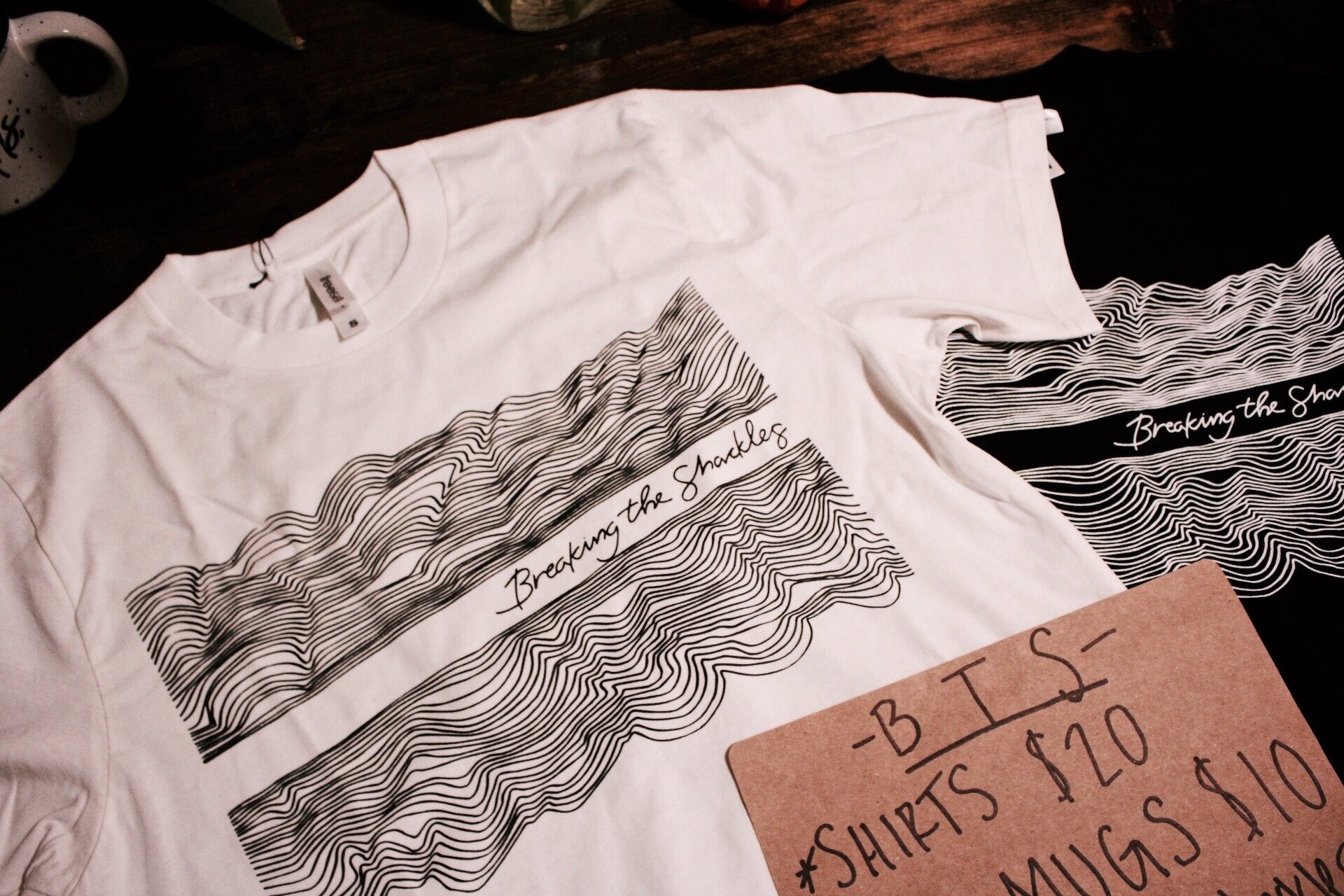Slow Fashion by Delaney Tarr
A word on this week’s blog:
This blog, written by Delaney Tarr, touches on the importance of slow fashion, the manufacturing of clothing that respects the designer, employees, and the environment. Delaney details the benefits of shopping slow, like ensuring sustainability and promoting artisanal craft, and even how it can be fun through shopping for unique pieces at thrift stores. This blog provides thoughtful insight into how we as consumers can make more ethical choices that celebrate people though our fashion.
There’s something special about clothing with a story. Some of my favorite items are ones I’ve found tucked away in a thrift store, or bought hand crafter from a local artisan. They have a background – they’re well loved by a previous owner, or the result of a long creative process.
It’s easy to forget the story in the wake of fast fashion. Websites like Shein have endless styles at incredibly cheap prices. Their very nature is one of excess, of “try-on hauls” and new wardrobes every month. It’s convenient, affordable, and easily disposable.
But what’s the story of these clothes? The ones that inevitably end up in a landfill, a season after they go out of style. Just because their production and past isn’t advertised doesn’t mean it’s nonexistent. In fact, their stories are just as important.
The affordable prices that make fast fashion so appealing have to come from somewhere. Since it’s not the consumer, it often comes down to the laborers who manufacture the clothes. Their constant work producing weekly collections of clothing often leaves employees overworked and underpaid, all for a throwaway t-shirt. These items are meant to be disposable.
Of course, when faced with criticism the phrase “There is no ethical consumption under capitalism” is often thrown about. But those words have never meant completely disregarding harm. In fact, the phrase is a way to provide a critical lens to the fashion you consume. Fast fashion’s nature is one built on harm. Their industry is detrimental to manufacturers, the environment and consumers.
It may seem easier to assuage guilt by touting the lack of ethical consumption, but that doesn’t mean there aren’t more ethical choices. In fact, much of “slow” fashion – the fashion with stories– is built off of a desire for clothing with a more positive background.
Personally, I’ve grown to love thrift shopping. While it’s gotten trendier in recent years, heading to a local thrift store and hunting for some cute pieces has always been a responsible way to shop. For me, part of the appeal was in extending the lifespan of something I’d find. A vest donated by a grandma could become part of my eclectic wardrobe, another garment in my list of discoveries.
When browsing through racks of older clothes its easier to feel the significance that each item holds. Seeing pants that have held up for decades always makes me marvel at the high quality of production, and a glimpse at hand embroidered or crocheted clothes always reminds me of the care that goes into a product.
Of course, significance isn’t unique to older clothes. Lately I’ve found myself looking at more sustainable clothing stores making new products. Their styles are a bit more updated than a vintage piece, and often more size-inclusive. But the most appealing part (to me) is their story. Every brand has an “About” page, but these smaller sustainable brands carry their core into every section of their shop.
A small designer might pour their heart into sourcing more sustainable fabrics, or be able to take a consumer through the exact way their clothing was made. Their prices might be higher, but these brands encourage you to consider your clothing. Each sale is an investment into something that can last longer than a single season.
“Slow” fashion allows us to not only look good, but to feel good about what we’re wearing. In an age where the consumer is hyper-aware of what they’re wearing and where it came from, it’s more important than ever to choose our clothes carefully. That Shein skirt might be appealing– but why not wait? There might be a hidden treasure tucked away somewhere.

